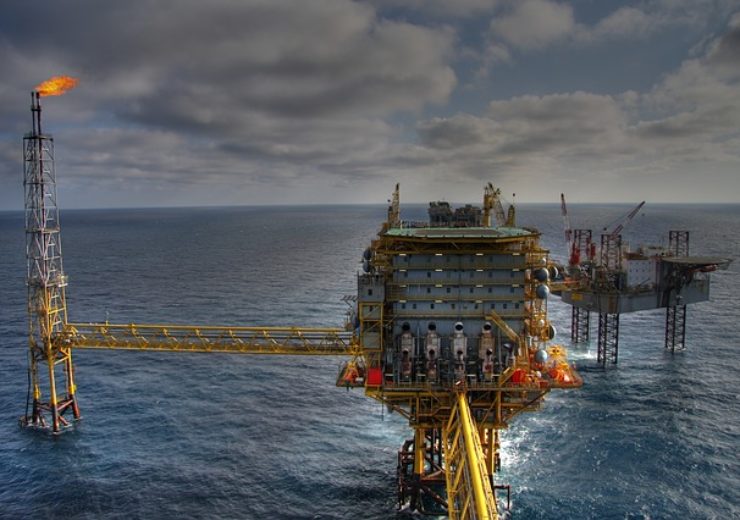Subject to completion, Exola DAC and Lansdowne Celtic Sea will revert to the original 80% and 20% interests respectively in the block

The SEL 1/11 block offshore Ireland is currently assigned to APEC Energy Enterprises. (Credit: Pixabay/Kristina Kasputienė)
Ireland-based energy company Providence Resources subsidiary Exola DAC has started the regulatory process to transfer the 50% equity in the standard operating licence (SEL) 1/11 offshore Ireland, to the original owners.
The SEL 1/11, which is currently assigned to APEC Energy Enterprises, comprises the Barryroe oil field. The licence is located in the North Celtic Sea Basin, and in water depths of 100m.
The latest move would result in reverting the original 80% and 20% interest of Exola DAC and Lansdowne Celtic Sea respectively, subject to completion.
Providence said that Barryroe field operator Exola DAC has recommenced the farm-out process and as a result, a number of companies are assessing the field data.
Providence said in a statement: “Following the Company’s review of the field’s resource potential, which confirms that there is a considerable gas resource within the Barryroe structure in addition to the recognised oil resource, which was the original focus of the farm-out process, several additional companies not included within the initial process have expressed interest in the gas potential and have been invited into the data room.”
The firm is planning to undertake appraisal programme at the Barryroe field and will include at least two appraisal wells and an extended production test.
In addition to validating the presence of either a large oil field with a gas cap or a large gas field enclosed by an oil rim, the proposed appraisal programme will assess the reservoir continuity.
Carbon-neutral gas development considered as an option for Barryroe field
The company is also considering developing carbon-neutral gas development as an option for the Barryroe field.
The move comes as a number of industry studies on depleted gas fields, which are being prepared for decommissioning, have assessed the potential for carbon sequestration (CO2 storage within the depleted gas fields).
The firm, in a statement, noted: “It may be possible to minimise the carbon footprint of a Barryroe development by recycling some of the existing pipelines and infrastructure associated with the depleted fields and participating in a broader carbon capture initiative.”
